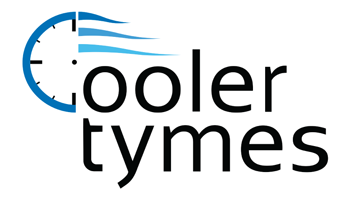When the weather begins to cool off, you might be thinking about how you’ll make the most of your heating and cooling. After all, HVAC expenses can make up a big piece of your monthly electric bill. To figure out new ways to lower their HVAC bill, some people look closer at their thermostat. Maybe there’s a setting they can use to improve efficiency?
Most thermostats have a ‘Fan’ or ‘Fan On’ setting. But if the fan is going during a normal cycle, what does the fan setting offer for an HVAC system? This guide can help. We’ll review what exactly the fan setting is and when you can use it to save money over the summer or winter.
My Thermostat Has a Fan Setting?
For most thermostats, the fan setting indicates that the HVAC blower fan keeps running. Some furnaces can run at a low level in this setting, but in most cases heating or cooling isn’t being generated. The ‘Auto’ setting, in contrast, will start the fan over a heating or cooling cycle and shut it off once the cycle is complete.
There are pros and cons to switching on the fan setting on your thermostat, and the ideal option {will|can|should]] depend on your distinct comfort needs.
Advantages to using the Fan/On setting:
- You can keep the temperature throughout your home more uniform by enabling the fan to keep running.
- Indoor air quality should improve because continuous airflow will keep moving airborne contaminants through the air filter.
- A smaller number of start-stop cycles for the blower fan helps lengthen its life span. Since the air handler is typically part of the furnace, this means you could prevent the need for furnace repair.
Disadvantages to using the Fan/On setting:
- A nonstop fan could raise your energy expenses slightly.
- Nonstop airflow can clog your air filter up more quickly, increasing the frequency you should replace it.
{Choosing Between|Should My Thermostat Be on|Which Setting for My Thermostat? Fan or Auto in Each Season
In the summer, warm air can persist in unfinished spaces such as the attic or an attached garage. If you use the fan setting, your HVAC system may draw this warm air into the rest of your home, compelling the HVAC system to run longer to keep up with the preferred temperature. In severe heat, this may result in needing AC repair more quickly as wear and tear grows.
The opposite can occur during the winter. Cooler spaces such as a basement will hold onto cooler air, which may eventually make its way into the rest of your home. Leaving the fan setting on will sometimes pull more cold air upward, increasing the amount of heating you need to remain warm.
If you’re still trying to figure out if you should try the fan/on setting, don’t forget that every home and family’s comfort needs are different. Leaving the HVAC system’s fan on may be ideal for you if:
Someone in your household suffers from allergies. Allergies and other respiratory conditions can be stressful on the family. Leaving the fan on is more likely to enhance indoor air quality, helping your family breathe easier.
Your home deals with hot and cold spots. Many homes deal with difficult hot and cold spots that quickly evolve to a temperature different from the rest of the house. The fan setting might help minimize these changes by steadily refreshing each room’s ventilation.
